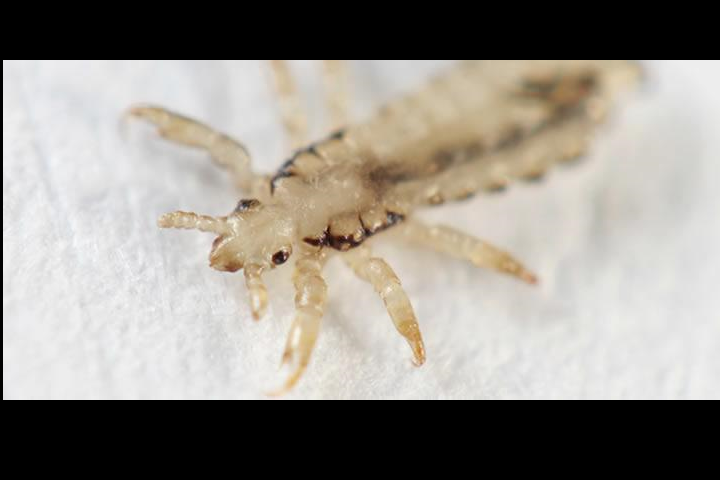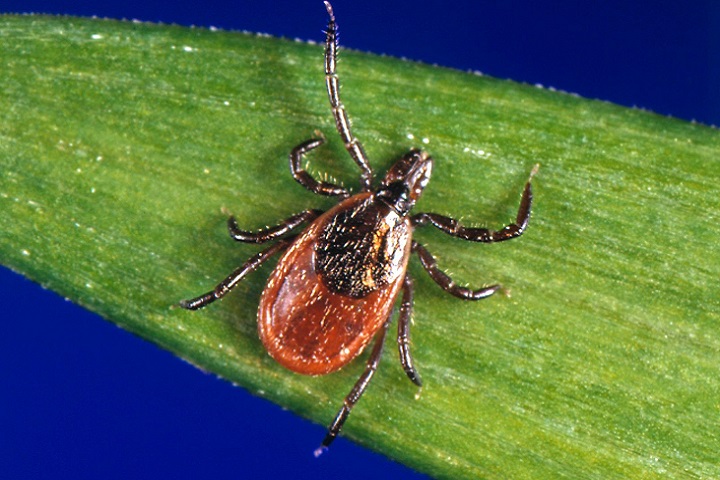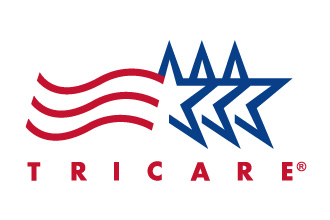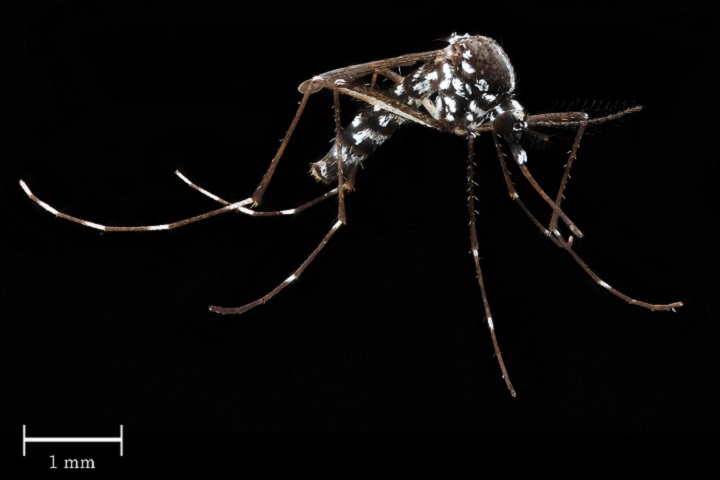
The things lice carry: stigma and hassle, but no harm

Lice are parasitic insects that can be found on people’s heads, and bodies. Human lice survive by feeding on human blood. (EPA photo)
Add lice to the list of four-letter words that make people cringe. The wingless parasites are itchy and bothersome, and an infestation is often embarrassing to admit and challenging to conquer. But at least lice have something going for them that a lot of other bugs don’t: They’re harmless.
“Ticks can transmit Lyme disease; mosquitoes transmit West Nile virus and malaria, among other things,” said Navy Capt. Kevin O’Meara, a physician and chief of pediatrics at Fort Belvoir Community Hospital in Virginia.
“But lice – those guys are pretty benign,” O’Meara said. “They’re not dangerous. They’re just annoying.”
Three types of lice afflict humans. Pediculus humanus capitis, or the head louse, is common in childhood. Up to 25 percent of all school-age children will have head lice at some point, according to the Centers for Disease Control and Prevention, with anywhere from 6 million to 12 million cases reported each year in the United States in children ages 3 to 11.
As O’Meara explains, lice don’t jump or fly. Instead, they crawl from one person’s head to another person’s. Less commonly, lice also can be transmitted through sharing personal items, such as towels at swim meets and pool parties, and pillows and other bedding at sleepaway camps.
Lice live on the human scalp, where they eat meals of human blood and attach their eggs, or nits, tightly to the hair shaft. It takes seven to 10 days for the nits to hatch into baby lice, scientifically known as nymphs. The nymphs mature into adult lice anywhere from nine to 12 days after hatching, the CDC says. The sesame-seed-sized critters can live up to about a month on a person’s head.
“It may not be readily apparent that you have lice,” O’Meara said. “Once you become sensitized to their saliva, you’ll start feeling very itchy. But that may be weeks after that first louse has crawled onto your scalp.”
O’Meara said it’s fine to see a health care provider for help getting rid of lice, but effective over-the-counter medications are also available.
“Basically, you massage the medication into your hair, let it sit for at least 10 minutes, and then wash it out,” O’Meara said. “Generally, you don’t need to be treated again, but a lot of people do so after seven days because of fear of reinfestation.”
For those who want to avoid medication, combing out lice is another way to get rid of them. The combing method is effective, O’Meara said, but it’s time-consuming.
“You usually have to do it several times for 15 to 20 minutes each time, to make sure you get everything out,” he said.
The CDC offers more information for preventing and treating head lice.
Protect your family from Lyme disease this summer
Article
8/3/2018

The best way to prevent Lyme disease is by avoiding ticks.
Don't let the bugs bite
Article
8/2/2018

Most parents do a good job of protecting their kids from the sun, but they also need to consider why it's important to guard against potentially harmful insect bites and stings
Travel checklist: Prepare for bugs and more
Article
8/1/2018

Whether you're traveling across the world or across the state, get familiar with common symptoms and learn how TRICARE covers you should you run into creepy-crawlers this summer
Fleas 2018
Video
7/30/2018

MHS observes Bug Week! Learn more about how to protect yourself--and your pets--from fleas by watching this video.
Ticks 2018
Video
7/30/2018

MHS observes Bug Week! Learn more about how to keep safe from ticks, and the diseases they carry, by watching this video.
Mosquitoes 2018
Video
7/30/2018

MHS observes Bug Week! Learn more about how to stay safe from mosquitoes and the diseases they carry by watching this video.
Army invention traps things that go buzz in the day
Article
7/30/2018

Device targets mosquitoes that transmit diseases
Zika Pregnancy 2018
Infographic
7/27/2018

Because Zika can cause certain birth defects, you should take precautions to prevent infection
Travel Health Mosquitoes 2018
Infographic
7/27/2018

Tips to help your trip to be bug bite free
Prevent Bug Borne Illnesses 2018
Infographic
7/27/2018

Tips to keep you bug-borne illness free
Mosquito Bite Prevention 2018
Infographic
7/27/2018

Steps to take to keep from getting bitten by mosquitoes
Help Control Mosquitoes 2018
Infographic
7/27/2018

Tips to keep your community safe from bugs
Anaphylactic Shock 2018
Infographic
7/27/2018

How to prevent allergic reactions from bug bites and stings
Acute Injuries
Infographic
7/25/2018

Service members in the U.S. Armed Forces frequently engage in high levels of physical activity to perform their duties, and such activity can potentially result in training- or duty-related injury. This report summarizes the incidence, trends, types, external causes, and dispositions of acute injuries among active component U.S. service members over ...
Food Allergy
Infographic
7/25/2018

Individuals with a history of food-allergy anaphylaxis or a systemic reaction to food do not meet military accession or retention standards and require a waiver in order to serve in the military. First-line treatment for anaphylaxis includes rapid administration of epinephrine.





















.jpg)












No hay comentarios:
Publicar un comentario